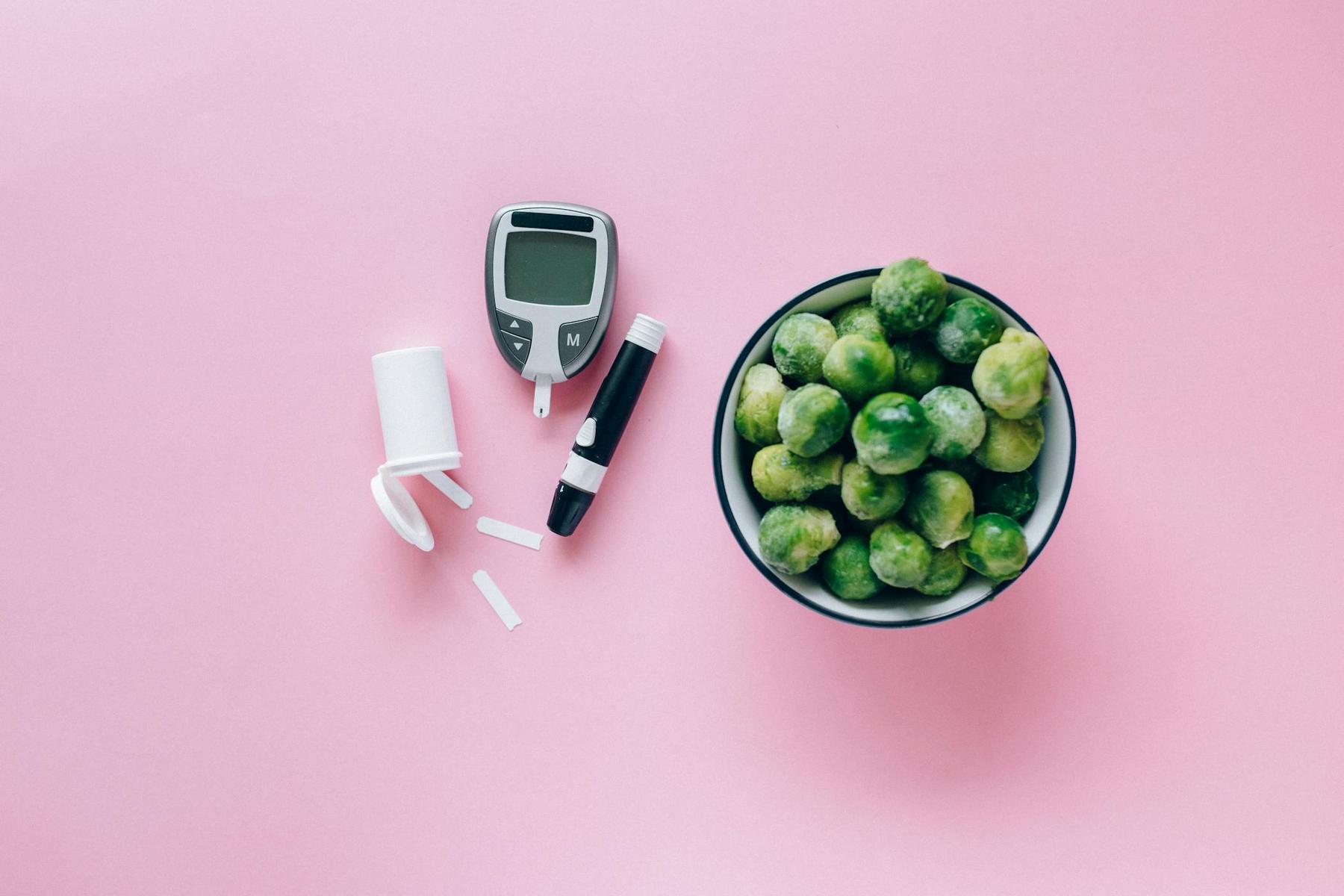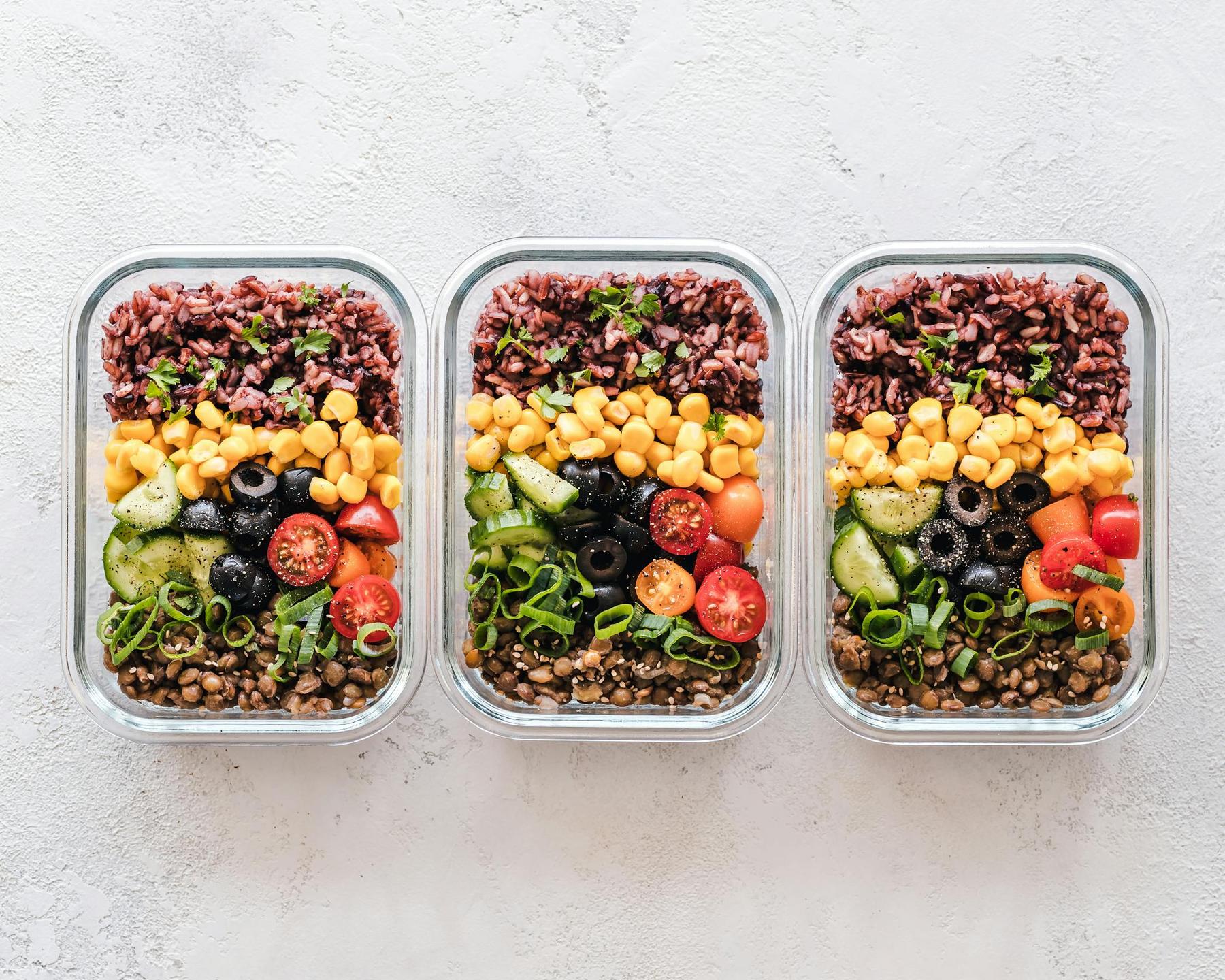In the challenging landscape of weight management, the glycemic index (GI) has emerged as a pivotal concept for those seeking sustainable results. While quick-fix diets often lead to frustrating cycles of weight loss and regain, low-GI eating represents a methodical, evidence-based strategy that addresses the underlying metabolic mechanisms of weight control. By April 2025, comprehensive research has firmly established that managing blood glucose fluctuations through low-GI nutrition not only facilitates steady weight loss but also delivers profound benefits for overall metabolic health.
What Is the Glycemic Index and How Does It Impact Weight Management?
The glycemic index quantifies how quickly carbohydrate-containing foods raise blood glucose levels compared to pure glucose (which has a GI value of 100). This numerical scale categorises foods as:
- Low-GI: Values below 55 (e.g., lentils at GI 32)
- Medium-GI: Values between 55-70 (e.g., sweet potatoes at GI 54)
- High-GI: Values above 70 (e.g., white bread at GI 100)
A complementary measure, glycemic load (GL), refines this model by accounting for portion size. Calculated as (GI × grams of carbohydrates) ÷ 100, glycemic load provides practical context. For instance, watermelon has a relatively high GI of 72, but its low carbohydrate content (5g per 100g) results in a low GL of just 4.
The physiological impact of these metrics on weight management is substantial. When you consume high-GI foods, your blood glucose rises rapidly, triggering a pronounced insulin response. This insulin surge promotes glucose uptake and often leads to reactive hypoglycaemia (low blood sugar), which stimulates hunger and cravings. Conversely, low-GI foods produce gradual, modest glucose elevations that:
- Maintain steady insulin levels, preventing energy storage as fat
- Prolong satiety through sustained nutrient absorption
- Reduce ad libitum calorie intake by 19-23% over 8 hours compared to high-GI alternatives
These mechanisms create the metabolic environment necessary for consistent weight loss without the intense hunger that often derails conventional diets.
Why Does Low-GI Eating Lead to More Sustainable Weight Loss?
The scientific evidence supporting low-GI diets for weight management is compelling. A 2025 meta-analysis of 101 randomised trials revealed that low-GI interventions achieving reductions of 20 points or more in dietary GI produced clinically meaningful weight loss averaging 3.9 kg compared to higher-GI regimens.
The sustainability factor is particularly noteworthy. Longitudinal data from the University of Sydney demonstrates that adherents to low-GI eating patterns maintain twice the likelihood of sustained 5% body weight loss versus conventional low-fat dieters. This modest 5% reduction correlates with a remarkable 58% lower incidence of type 2 diabetes.
Several physiological mechanisms underpin these impressive outcomes:
Metabolic Advantages of Low-GI Eating
| Mechanism | Effect | Weight Loss Impact |
|---|---|---|
| Attenuated insulin response | Prevents fat storage and reactive hypoglycaemia | Reduces hunger signals and conserves energy expenditure |
| Prolonged GLP-1 and CCK secretion | Enhanced satiety hormone activity | Decreases meal frequency and portion sizes |
| Reduced hepatic lipogenesis | Minimises fat production in the liver | Prevents accumulation of visceral adiposity |
| Stable energy availability | Avoids glucose “crashes” | Maintains physical activity levels and resting metabolic rate |
Women exhibit particular responsiveness to low-GI eating, with clinical trials documenting 80% greater fat mass reduction compared to low-fat regimens. Importantly, interventions achieving greater than 20-point GI differentials double the magnitude of weight loss (-4.7 kg vs -2.1 kg), highlighting the dose-dependent nature of this dietary approach.
Which Foods Form the Foundation of a Low-GI Diet?
Implementing a low-GI eating pattern requires strategic food selection. The following foods represent cornerstone components of an effective low-GI diet:
Protein-Rich Foods
- Eggs (GI = 0)
- Greek yoghurt (GI = 11)
- Cottage cheese (GI = 30)
- Fish and seafood (GI = 0)
- Poultry and lean meats (GI = 0)
Low-GI Carbohydrates
- Lentils (GI = 32)
- Chickpeas (GI = 28)
- Kidney beans (GI = 24)
- Pearl barley (GI = 25)
- Steel-cut oats (GI = 55)
Fruits
- Apples (GI = 36)
- Oranges (GI = 43)
- Peaches (GI = 42)
- Berries (GI = 20-40)
- Pears (GI = 38)
Vegetables
- Leafy greens (GI < 15)
- Broccoli (GI = 10)
- Cauliflower (GI = 10)
- Capsicum (GI = 15)
- Zucchini (GI = 15)
Healthy Fats
- Avocados (GI = 0)
- Olive oil (GI = 0)
- Nuts and seeds (GI = 0-20)
Beyond individual food choices, meal construction principles significantly influence glycemic response. Combining low-GI carbohydrates with adequate protein (20-30g) and healthy fats (10-15g) further slows gastric emptying and nutrient absorption, optimising blood glucose stability.
How Can You Successfully Implement Low-GI Eating in Daily Life?
Translating nutritional science into practical, sustainable habits requires systematic approaches. Consider these evidence-based strategies for implementing low-GI eating:
Meal Planning Principles
- Apply the plate method: Fill half your plate with non-starchy vegetables, one-quarter with lean protein, and one-quarter with low-GI carbohydrates.
- Incorporate acidic components: Adding vinegar, lemon juice, or fermented foods can lower a meal’s overall glycemic impact by up to 30% through delayed starch hydrolysis.
- Leverage resistant starch: Cooling cooked potatoes, rice, or pasta increases their resistant starch content, reducing digestible carbohydrate load and lowering GI.
- Practice carbohydrate pairing: Always consume carbohydrates alongside protein and healthy fats to moderate glucose absorption.
Practical Implementation Strategies
- Gradual transition: Replace high-GI foods with low-GI alternatives one meal at a time to allow palate adaptation and establish sustainable habits.
- Focus on food quality: Emphasise minimally processed, whole foods naturally lower in GI rather than processed products marketed as “low-GI.”
- Address cultural preferences: Adapt traditional recipes using cooking techniques that lower GI, such as al dente pasta preparation or adding legumes to rice dishes.
- Plan for convenience: Prepare batch-cooked low-GI staples like lentil soups, barley salads, or bean-based dishes for busy weekdays.
The most successful low-GI implementations typically involve professional guidance. Weekly virtual sessions with healthcare professionals improve adherence rates by 47% through personalised habit reinforcement and problem-solving.
What Additional Health Benefits Does Low-GI Eating Provide?
While weight management is a primary motivation for adopting low-GI eating, the metabolic benefits extend far beyond the scale:
Cardiometabolic Improvements
Stable postprandial glycemia directly enhances cardiovascular health through multiple pathways:
- Enhanced lipid profiles: Meta-analyses document LDL cholesterol reductions averaging 0.24 mmol/L and total cholesterol decreases of 0.19 mmol/L with low-GI eating patterns.
- Preserved endothelial function: Acute glucose spikes above 7.8 mmol/L impair flow-mediated dilation by 34% through oxidative stress mechanisms. Low-GI diets maintain post-meal glucose below 6.7 mmol/L, preserving vascular reactivity.
- Blood pressure regulation: Magnesium-rich low-GI foods improve vascular smooth muscle relaxation, with systematic reviews showing systolic blood pressure reductions averaging 4.1 mmHg.
Psychological and Cognitive Benefits
The neuroendocrine effects of stable glycemia extend to mental wellbeing:
- Appetite regulation: Low-GI meals (GI <55) prolong ghrelin suppression by 2.1 hours compared to high-GI controls, delaying hunger signals and reducing impulsive eating.
- Mood stabilisation: Avoiding glucose oscillations prevents serotonin fluctuations linked to emotional eating, reducing binge episodes by 31% in clinical studies.
- Cognitive performance: Steady cerebral glucose uptake improves working memory accuracy by 18% and attention span by 24% during weight loss phases, enhancing productivity and decision-making capacity.
Long-Term Disease Prevention
The PREVIEW study—a landmark multicenter trial enrolling 2,326 prediabetic adults—demonstrated that low-GI/high-protein diets maintain 11% initial weight loss over three years while normalising pancreatic β-cell function. Participants sustaining a GI below 45 experienced a remarkable 58% reduction in diabetes conversion risk.
Is Low-GI Eating Effective for Everyone?
While low-GI eating provides a foundational approach to improving metabolic health, individual responses can vary based on factors including insulin sensitivity profiles, gut microbiome composition, genetic factors influencing carbohydrate metabolism, baseline metabolic health markers, and body mass index and fat distribution patterns.
The Scientific Verdict on Low-GI Eating for Weight Loss
The cumulative evidence firmly establishes low-GI eating as a cornerstone strategy for sustainable weight management. By modulating fundamental metabolic pathways—from insulin signaling to adipokine secretion—this approach delivers benefits exceeding those of calorie restriction alone. The most successful implementations combine low-GI nutritional principles with structured healthcare support, addressing both the biological and behavioural aspects of weight management. For those seeking steady, sustainable weight loss alongside meaningful improvements in overall metabolic health, low-GI eating represents a science-backed approach with enduring value.
How quickly will I lose weight on a low-GI diet?
Healthy, sustainable weight loss typically occurs at a rate of 0.5-1 kg per week. Research shows that low-GI diets achieve average weight reductions of 3.2-4.7 kg compared to control diets over 3-6 months. However, individual results vary based on starting weight, adherence, physical activity levels, and metabolic factors. The emphasis should be on steady, consistent progress rather than rapid results.
Can I ever eat high-GI foods while following a low-GI diet?
The overall dietary pattern matters more than individual food choices. Occasional high-GI foods can be incorporated without compromising results by: 1) consuming them in small portions, 2) pairing them with protein, healthy fats, or fibre to moderate glycemic impact, 3) including them as part of a balanced meal rather than as standalone snacks, and 4) selecting timing strategically, such as after physical activity when muscle glucose uptake is enhanced.
How does a low-GI diet differ from other carbohydrate-restricting diets?
Unlike strict low-carbohydrate or ketogenic diets that substantially reduce total carbohydrate intake, low-GI eating focuses on carbohydrate quality rather than quantity. This approach allows for the inclusion of nutritious, fibre-rich carbohydrate sources like legumes, whole grains, and fruits that provide essential nutrients and support gut health, emphasizing gradual, modest blood glucose elevations rather than complete elimination of carbohydrates.
Is professional support necessary for successfully implementing a low-GI diet?
While low-GI principles can be self-implemented using available resources, research indicates that professional guidance significantly enhances outcomes. Clinical studies show that participants receiving healthcare professional support achieve 47% better adherence rates and approximately double the weight loss compared to self-directed approaches. This is particularly relevant for individuals with pre-existing health conditions or those requiring significant weight reduction.
How does low-GI eating complement medical weight management approaches?
Low-GI nutrition provides an optimal nutritional foundation that synergises with medical weight management interventions. By stabilising blood glucose levels and reducing hunger signals, low-GI eating enhances the effectiveness of other treatments while supporting metabolic health improvements. Integrated approaches that combine nutritional strategies with comprehensive medical support offer the most robust outcomes for sustainable weight management.



